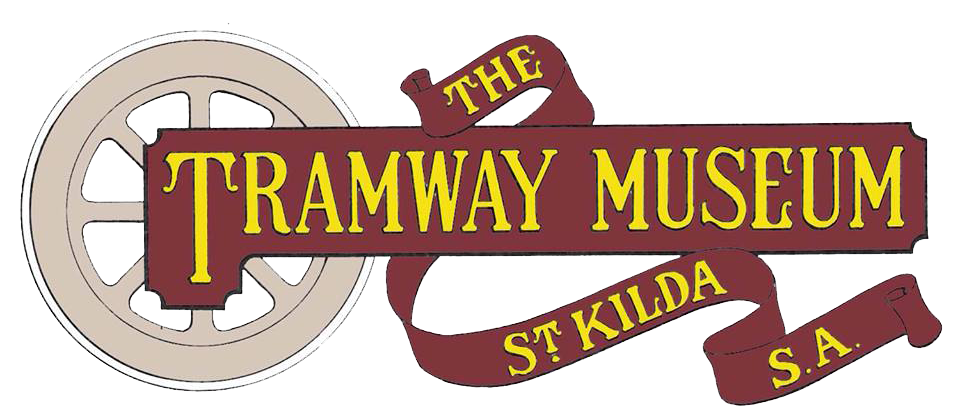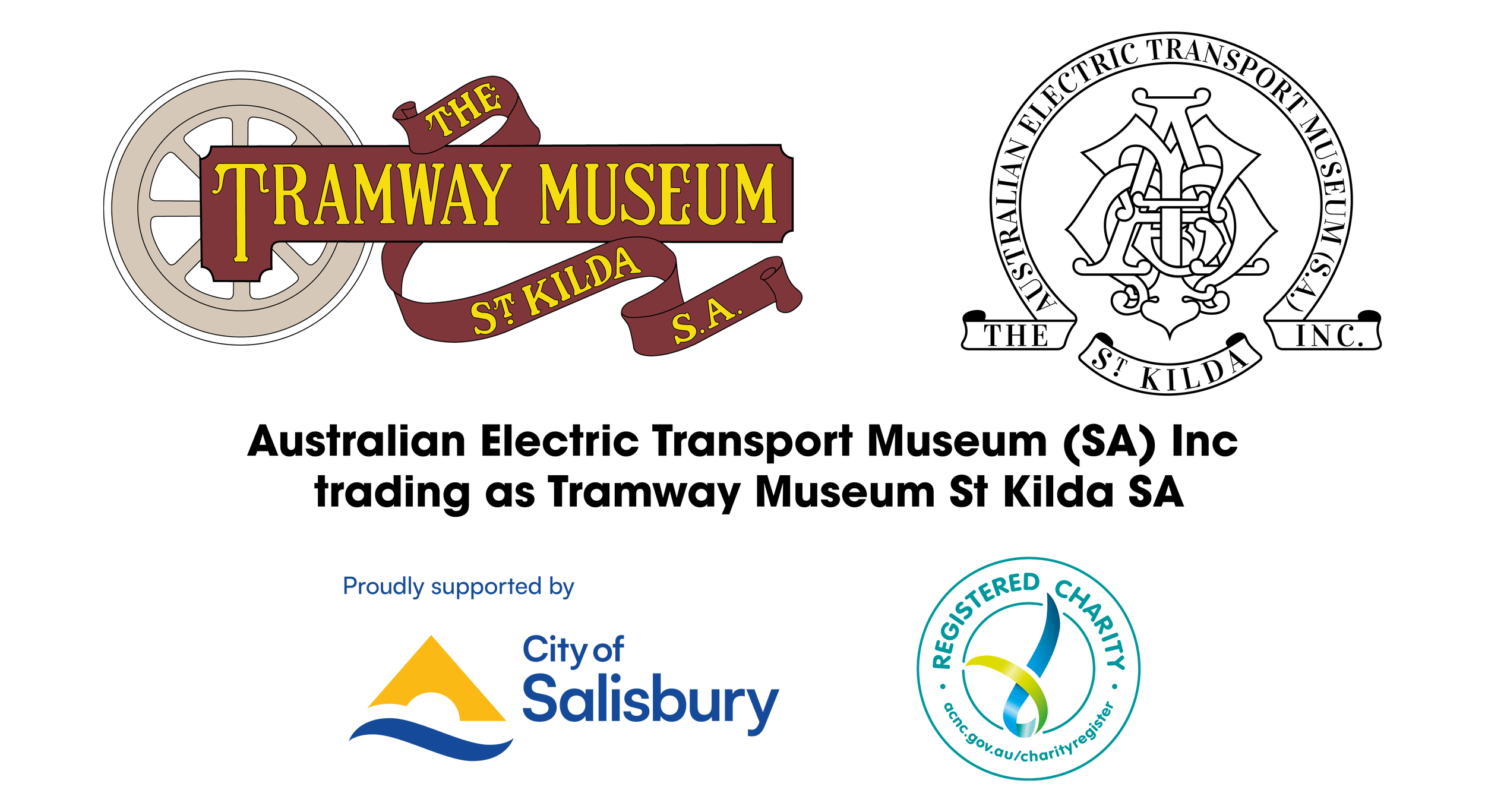South Australian Buses & Trolley Buses
Museum collection started off with just four trams in 1958 with a fifth arriving in 1959, the Museum has collected and restored a number of trams from not just Adelaide but from several other Australian States to show the progression of tramcar development over the years. Today, the Museum now has 26 trams, a horse box, 4 trolley buses, two horse trams and a diesel bus that followed the electric trams. Our collection is stored in five buildings. Below is a comprehensive list of our extensive collection.
MTT Adelaide Trolley Bus No. 216 ‘Green Goddess’ (1932) - Static Display
The Green Goddess was built by the SAR (South Australian Railways) in 1925 as an open-topped double deck Garford petrol bus seating 56. It was one of 28 vehicles brought into service to compete with the private buses which were taking passengers away from the Glenelg railway lines.
The Garfords were purchased by the MTT (Municipal Tramways Trust) on 4 November 1927. In 1932 No. 216 was converted into a single-deck, 32-passenger trolleybus. Its trolley poles were mounted on the former upper passenger deck and its petrol engine and gear-box were replaced with an 80 h.p. Dick Kerr electric motor. The bus was used between 18 May 1932 and 11 August 1934 on an experimental off-peak service between Payneham and Paradise. Trolleybus wires were erected along the tram route between these suburbs but trams still provided the peak hour service to Paradise, so all tram fittings remained. This short line was the first trolleybus line in Australia. Since the special wiring ended at Payneham, the bus had to be taken back to Hackney Depot using its positive pole on the tram wires and used a special underfloor skid as a current return on the tram rails. The bus acquired its nickname because of its green and cream colour scheme which was unusual for Adelaide.
After the opening of the main trolleybus system in 1937, No. 216 was used for maintenance work. In later years, stripped of its fittings, it served as a lunch bus for tramway tracklaying gangs.
The Museum purchased the Green Goddess in 1957. Body restoration was carried out off-site at Reynella by members and the bus arrived at St. Kilda in 1965.
MTT Adelaide Trolley Bus (1937) No. 417 - Static Display
As a result of the success, of the experimental trolleybus service between Payneham and Paradise, the MTT placed orders for 30 double deck trolleybuses. These were built by J.A. Lawton and Sons at their workshops in 1937, and were used to open the trolleybus services to Tusmore, Port Adelaide, Semaphore and Largs.
The buses were numbered 401-430 and seated 33 passengers upstairs and 26 downstairs, with a maximum capacity of 84. They were fitted with 80 h.p. Metropolitan Vickers 201 motors mounted on A.E.C. 661T chassis. They were originally painted tuscan red and cream, but were repainted, in later years, in the Trust's new silver and red livery. The A.E.C.s were withdrawn from regular service by June 1957, but a few re-entered service for a short period in August 1958, when additional motorbuses were required on former tram routes.
No. 417 was retained for conversion into a meal bus for use by bus crews at Kent Town, and was renumbered S106. Tables were fitted in the lower deck, and a hot water service was installed upstairs. A power box located on an adjacent pole provided electricity for the water heater. The bus was driven each day from Hackney Depot to its Kent Town location, a practice which continued for several weeks after the closure of the trolleybus system. It was last operated under its own power on 25 July 1963, and thereafter it was towed from place to place by a tractor. It was no longer required after 1967, and was then donated to the Museum.
MTT Adelaide Trolley Bus No.526 - Static Display
The MTT originally placed an order for 30 single deck trolleybuses after the end of the Second World War, but the shortage of materials delayed the construction of these vehicles, and it was 1953 before the order was completed. In that year No. 526; the last trolleybus to be built in Adelaide, entered service.
J.A. Lawton and Sons built these trolleybuses. Each vehicle was powered by a British Thomson Houston 210 motor, of 114 h.p., mounted on a Sunbeam MF2B chassis. The capacity of the Sunbeams was 40 seated passengers and 33 standees. These buses were used to replace the motorbuses on the former Linden Park, Burnside and Erindale tram routes. The 30 buses in this group were originally numbered 497-526, but Nos. 497-500 were numbered 527-530 afterwards.
No. 526 was last operated on 13 July 1963 as part of a farewell tour on the closure of the trolleybus system. It was later purchased by members of the Museum and brought to St Kilda. The body was restored at the Museum in 2000.
MTT Adelaide Bus No.623 - Static Display
This bus has been preserved by the Museum as an example of the type of vehicle which replaced Adelaide's trams. When the decision was made to convert Adelaide's tramway system to bus operation in the 1950s, the MTT designed buses featuring three doors for rapid loading, and a crush capacity approaching that of the trams. The buses had underfloor engines, enabling 40 seats to be provided, and a crush load of 80 passengers to be carried. This design continued to be used for Adelaide's MTT buses until the introduction of permanent one-man operation in the late 1960s. The bodies were built by J.A. Lawton and Sons and its successor Freighter Lawton Industries.
No. 623 is one of the first large group of buses known as the 600 series, and numbered 601-670. These vehicles entered service in 1954, as the first tram routes were replaced, and were withdrawn in 1971 when the one-man bus operation rendered them surplus to requirements. The 700, 800 and 900 series buses had body designs which were almost identical to that of the 600s, though their engines and transmissions were different.
Bus No. 623 has Regal Mk. IV 9822E chassis and is powered by an A.E.C. six cylinder A219 diesel engine of 53.6 h.p. It has a fluid drive and an epicyclic gearbox with preselector equipment.
Following the Government takeover of the private bus companies and their services in 1974, many of these buses returned to Government ownership, but operating as the State Transport Authority (STA). When a critical bus shortage developed because one operator declined to sell his fleet to the STA, No. 623 was returned to traffic at Elizabeth Depot in 1975 as No. 8439. It continued in traffic until 1979. It was restored at the STA’s Regency Park Workshops (now Coopers Brewery) in 1988 and arrived at the Museum for display in early 1989.






